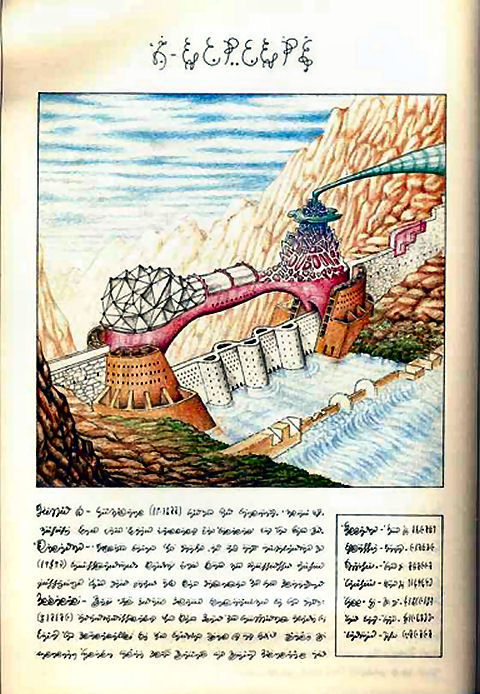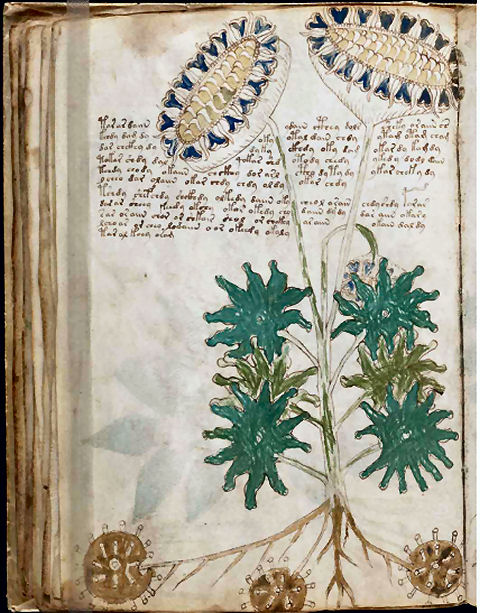Oh, there were so many ways I could have gone after yesterday’s Lorem Ipsum piece. Could I have gone to Etaoin Shrdlu, another remnant phrase of typesetting days, specifically the Linotype machine? Certainly. But that’s just a foray into an older version of Qwerty, which we all know from typing on a modern keyboard. Of course that could have led me into alternate keyboards like Dvorak simplified, or ergonomic versions like Maltron and Kinesis.
I thought about Cicero, the author of the semi-plagiarized text – I doubt other than those passages I’ve ever read anything by Cicero. But, I’ve probably said about as much as I ever wanted to say about him in a recent BA Herald article:
“You all of course remember Marcus Tullius Cicero, Roman statesman and philosopher from the 1st century B.C.E. – famed orator and enemy of the emperor and empire. What you likely don’t know is that his name, Cicero, was an insult – his family was in the business of growing and selling chickpeas, cicer, in Latin (and still the genus of the plant). When he entered politics numerous advisors pleaded with him to change his name, but he declared that he would make the name Chickpea, umm, Cicero, one of glory.”
But the Wikipedia entry for Lorem led me to a different type of writing, moving on from where this started in the world of Macaronic Latin, to Asemic Writing – a sort of nonsensical form of writing where the author, presumably intentionally, writes in some unrecognizable form, be it random letters and words or a made up language or cipher, or bizarre calligraphy. The height, apparently, of Asemic Writing is when the author him or herself cannot read what they’ve written. Which, to me, sounds like a bunch of hooey.
But, this led me to the world of these sort of books, which actually exist, and actually get published. The two that stood out initially were the Codex Seraphinianus and the Voynich Manuscript. Both of these are single volume “encyclopedias” or natural histories (how convenient for this little game). The former covers everything from plant to animal to sapient being and technology, the latter is focused entirely on plants, an “herbal” if you will. The former is elaborately and lavishly illustrated, the latter is more like a handwritten and drawn journal. Then again, the Codex was written in the late 1970s/early 1980s by Luigi Serafini, an author who is still alive and kicking, but who apparently refuses to discuss the book (which purports to be a reproduction of a natural history from another world), while the latter, based on whatever scientific tests it’s been subjected to, is a 16th century document, theories about which range from having been written by Roger Bacon to some random friar of the era, to being a complete hoax by the bookseller who supposedly discovered it and sold it for what amounted to a fortune at the time, Wilfrid Voynich. Some interesting and speculative details in this article which also brings in the writings of Jorge Borges and Italo Calvino. Both have also sparked novels of the ancient manuscript cult sort like the writings of Dan Brown or Umberto Eco.
The text of both books is in unrecognized glyphs, alphabets or ciphers that while resembling bits and pieces of various existing languages, have yet to be decoded. Speculation has run from actual codes which simply haven’t been broken to made up languages to random writing such as glossolalia, to many other possibilities. It’s possible that one day Serafini will reveal the details of what he wrote – who knows? I leave you with a page from each – both are, by the way, available for Kindle, fairly inexpensively, if you feel like exploring further.

Page from the Codex Seraphinianus

Page from the Voynich Manuscript
[…] the ways that this game convolutes. From my last post on the fantasy worlds of Asemic Writing… let’s see how the leaps and bounds went. Jorge Borges figured into the whole picture, […]